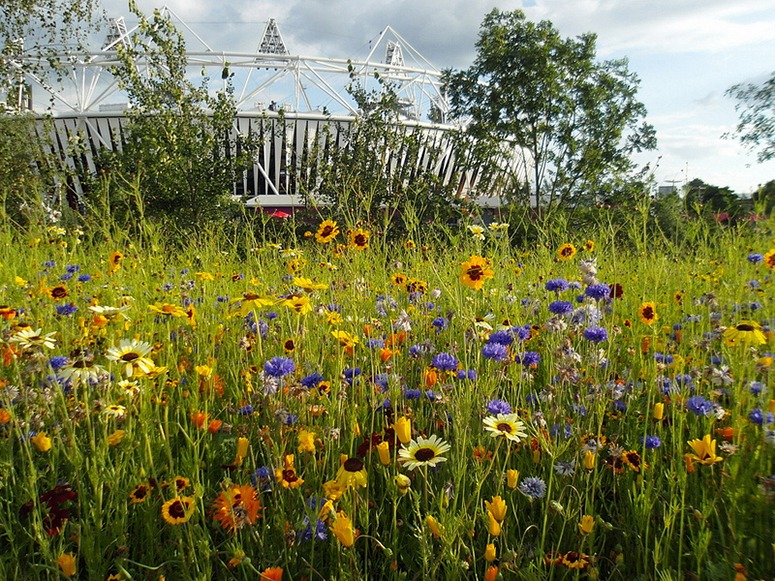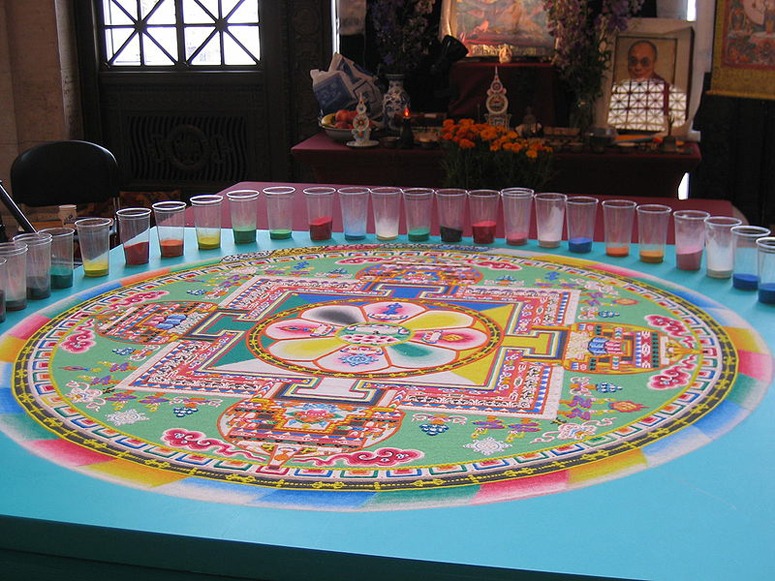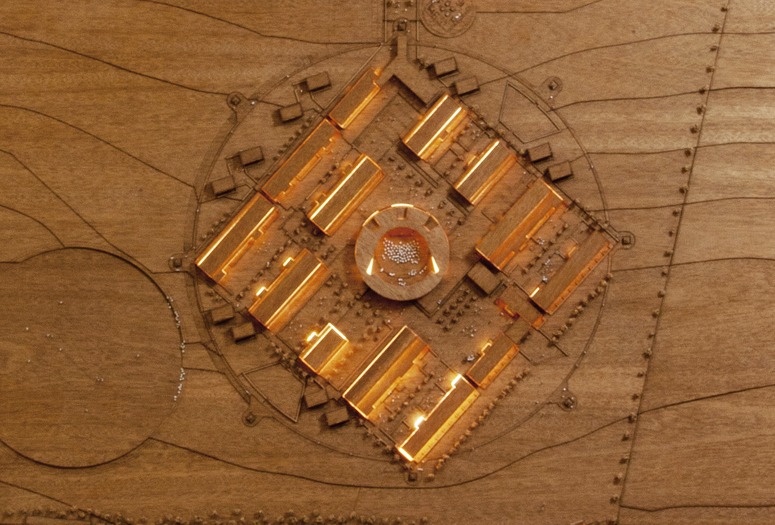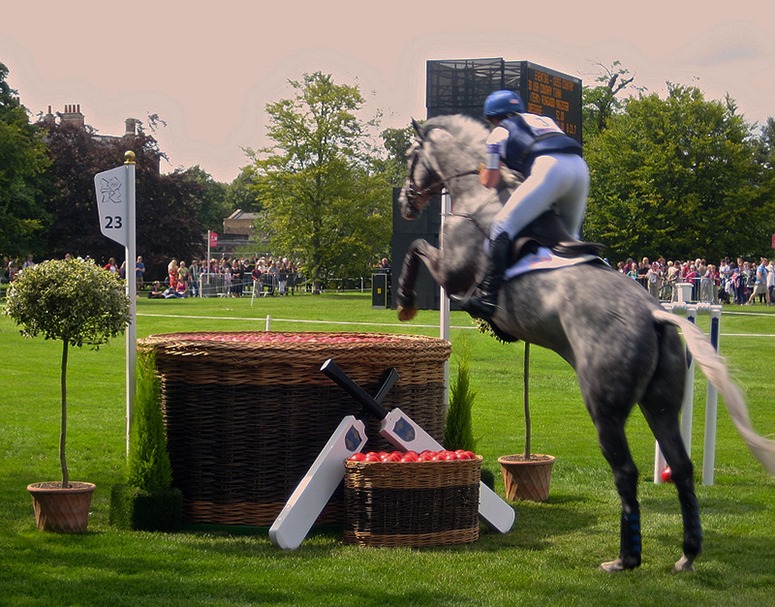The BBC Today Programme (7.45 on 20.8.2012) had an item about the wildflower meadows being one of the great successes of the 2012 Olympic Games. I congratulate Nigel Dunnett and James Hitchmough on their planting design – and would like to know more about the origins of the planting design idea. Their history may be as follows, but any extra details from readers would be welcome:
- EDAW (now AECOM) produced the master plan for what was the Olympic Park during the games and will re-open as the Queen Elizabeth Park in 2013. The idea for the planting design may have been theirs.
- LDA with George Hargreaves produced the design plans – and probably commissioned Dunnett and Hitchmough.
- LDA were guided by the Olympic Development Authority ODA and by John Hopkins, landscape architect and Head of Parklands & Public Realm at the Olympic Development Agency
- Dunnett and Hitchmough were probably inspired by Piet Oudolf’s ideas on New Perennial planting design
- Oudolf probably drew on Christopher Lloyd’s advocacy of wildflower meadows, and his work at Great Dixter
- Christopher Lloyd was inspired by his mother, the beautifully named Daisy Lloyd, who made a flowery meadow at Dixter which she connected with the meadows in renaissance painting (eg Botticelli’s Primavera) and Pre-Raphaelite painting. Daisy also introduced Christopher to Gertrude Jekyll – and both were surely influenced by William Robinson.
- Gertrude Jekyll popularised the idea of using plants in ‘drifts’
- William Robinson shared John Ruskin’s love of the middle ages. He wrote a famous book on The Wild Garden and advocated ‘wild flower meadows’ instead of mown grass.
- A medieval ‘meadow’ was ‘a piece of land permanently covered with grass to be mown for use as hay’ OED (mædewan, mædua, mæduen, etc in Old English).
- Meadows contained wild flowers and meadow turf was cut from pastures and laid in gardens, probably as ground cover in small herbers for the delight of ladies and minstrels. ‘Mead’ is cognate with meadow. Deriving from Old Dutch and Old German, it was used rarely in Old English but later became popular with poets etc in the combination ‘flowery mead’.
The flowers in old English meadows were, of course ‘wild’ flowers. Those used in the Olympic 2012 Queen Elizabeth Park were wild somewhere at some time. But many are cultivars from outside the UK. If my plant identification is satisfactory, the above photograph has: Coreopsis (Tickseed, native to North America), Centaurea cyanus (Cornflower, native in the UK), Chrysanthemum carinatum ‘Polar Star’ (a cultivar of the annual chrysanthemum, native to North America), Calendula spp (pot marigold, native to the Middle East). The drifts of annual and perennial plants in the Lea Valley have visual connections with meadows and the flowers are, or were, wild in some place at some time. But they will not be used as pastures and one could make a good case for NOT calling them ‘wildflower meadows’. As Immanual Kant observed, paradox is an inescapable aspect of how we understand the world.




